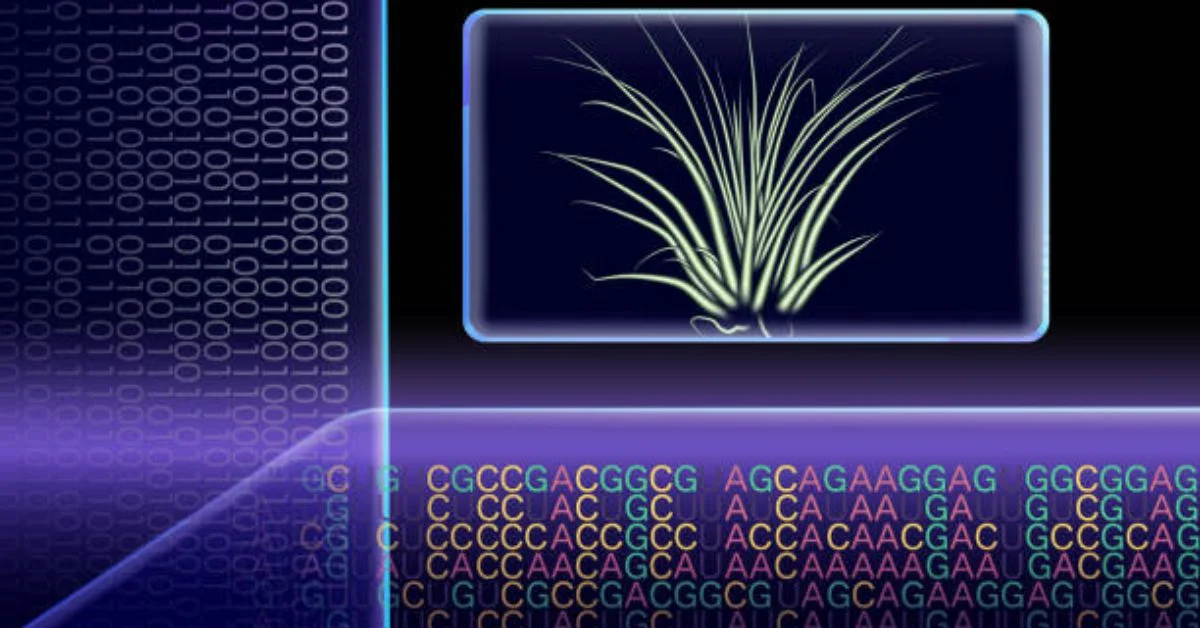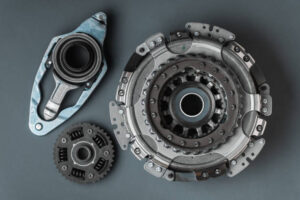The diversity of life on Earth is astonishing, with millions of different organisms occupying ecosystems across the planet. From microscopic bacteria to towering trees and intelligent mammals, the variety of species is one of the most remarkable features of nature. But this diversity did not appear overnight; it has developed over billions of years through the continuous process of species formation, a phenomenon scientifically known as speciation and conceptually referred to here as speciering.
Speciering is the evolutionary process through which populations of organisms diverge genetically, behaviorally, and morphologically until they become distinct species. This process lies at the heart of evolutionary biology because it explains how new species emerge, adapt to different ecological niches, and ultimately contribute to the web of biodiversity.
This article will provide a detailed and structured exploration of speciering, including its definition, mechanisms, types, driving forces, examples from nature, and importance for ecology and evolution. Through long, rich paragraphs and explanatory tables, we will dive deeply into this concept and understand its crucial role in shaping life on Earth.
Understanding Speciering
Definition
Speciering, or speciation, is the evolutionary process by which populations of the same species diverge over time to form new, reproductively isolated species. This means that members of the original population gradually accumulate genetic differences, adapt to different environments, or develop behaviors that prevent them from interbreeding with one another.
Why It Matters
Speciering is not just a biological curiosity; it is the mechanism that generates biodiversity. Every species we know today—from elephants and whales to rice plants and fungi—exists because at some point in evolutionary history, an ancestral population split into new lineages. Without speciering, the Earth would still be populated by a limited set of ancestral life forms.
Mechanisms Driving Speciering
There are several biological mechanisms that can drive populations toward becoming separate species. These mechanisms often act in combination.
- Genetic Variation
Mutations, recombination, and genetic drift introduce variability in populations. Over generations, these changes accumulate, leading to differences between groups. - Natural Selection
Environmental pressures favor individuals with traits better suited for survival and reproduction. If different populations face different pressures, their traits diverge. - Reproductive Isolation
The inability of populations to interbreed—whether due to physical barriers, behavioral differences, or genetic incompatibility—is the final step in speciering. - Geographical Barriers
Rivers, mountains, oceans, or even human activity can separate populations and prevent gene flow, allowing them to evolve independently. - Ecological Niches
Populations occupying different ecological roles within the same habitat may diverge due to specialized adaptations.
Types of Speciering
Scientists classify speciering into several types depending on the geographic and ecological context in which new species arise.
| Type of Speciering | Definition | Key Example |
|---|---|---|
| Allopatric Speciering | Occurs when populations are geographically separated by barriers, leading to independent evolution. | Squirrels on opposite sides of the Grand Canyon. |
| Sympatric Speciering | New species form within the same geographic area due to ecological or genetic isolation. | Apple maggot flies shifting from hawthorn trees to apple trees. |
| Parapatric Speciering | Neighboring populations evolve into distinct species due to limited overlap and reduced gene flow. | Grass species evolving along soil gradients with different metal concentrations. |
| Peripatric Speciering | A small group breaks off from the main population and evolves into a new species, often with founder effects. | Island bird populations diverging from mainland ancestors. |
These types illustrate that it can occur under both physical separation and shared environments, depending on how isolation and adaptation unfold.
Prezygotic and Postzygotic Isolation
A critical aspect of speciering is reproductive isolation, which ensures that diverging populations stop exchanging genes. This can occur before or after fertilization.
Prezygotic Barriers (Before Fertilization)
- Temporal Isolation: Species breed at different times (e.g., day vs. night, spring vs. fall).
- Behavioral Isolation: Courtship rituals differ, preventing recognition between groups.
- Mechanical Isolation: Physical differences in reproductive organs make mating impossible.
- Ecological Isolation: Populations occupy different niches and rarely encounter each other.
Postzygotic Barriers (After Fertilization)
- Hybrid Inviability: Offspring fail to develop properly.
- Hybrid Sterility: Hybrids (e.g., mules) are infertile.
- Hybrid Breakdown: Subsequent generations of hybrids become weaker or sterile.
Together, these barriers solidify the separation of species and prevent gene flow even when populations come into contact.
Examples in Nature
- Darwin’s Finches – On the Galápagos Islands, finches evolved into multiple species with different beak shapes suited to various food sources.
- Cichlid Fishes – In African lakes, hundreds of cichlid species emerged due to niche specialization and sexual selection.
- Polar Bears and Brown Bears – Diverged when polar bears adapted to Arctic environments, while brown bears remained in temperate zones.
- Plants in Pollinator Niches – Many flowering plants speciated by adapting to different pollinators such as bees, bats, or hummingbirds.
These examples show that it is an ongoing process observable across ecosystems today.
Evolutionary Time Scales
It can occur at different rates:
- Gradualism: Species slowly diverge over long periods through steady accumulation of small changes.
- Punctuated Equilibrium: Species remain stable for long periods but undergo rapid bursts of change triggered by environmental shifts.
Both models are supported by fossil and genetic evidence, suggesting that nature does not follow a single timetable for species formation.
Human Influence
Humans, knowingly or unknowingly, influence speciering in profound ways:
- Habitat Fragmentation: Roads, dams, and cities divide populations, potentially leading to isolation and divergence.
- Domestication: Dogs, cats, and crop plants are examples of human-directed speciring.
- Pollution and Climate Change: New environments can pressure species into adapting or diverging.
- Invasive Species: Non-native organisms introduced into ecosystems can drive local populations to evolve new strategies or even speciate.
This highlights that speciering is not just a natural process but one increasingly affected by human activity.
Importance of Speciering
- Biodiversity Generation: Without it, ecosystems would lack the complexity needed to sustain life.
- Adaptation to Environments: New species emerge that are better suited to specific habitats.
- Ecological Balance: Different species occupy unique roles, ensuring stability in ecosystems.
- Scientific Insight: Understanding speciering helps researchers trace evolutionary histories and predict future changes.
- Human Applications: Insights from it influence conservation, agriculture, and medicine.
Comparison of Speciering and Hybridization
| Aspect | Speciering | Hybridization |
|---|---|---|
| Process | Formation of new species through isolation and divergence. | Cross-breeding between two species. |
| Outcome | Distinct, stable species. | Hybrids, often infertile or less viable. |
| Example | Evolution of polar bears from brown bears. | Mule (horse × donkey). |
| Role in Evolution | Generates biodiversity. | Rarely contributes to long-term species formation (though sometimes leads to new species in plants). |
Challenges in Studying Speciering
Studying speciring is difficult because:
- It occurs over long timescales not directly observable.
- Fossil records are incomplete.
- Genetic evidence can be complex to interpret.
- Distinguishing between variation within a species and formation of a new species can be ambiguous.
Despite these challenges, modern tools such as DNA sequencing, computer simulations, and ecological field studies continue to reveal remarkable insights.
Future Perspectives
As climate change, habitat loss, and globalization alter ecosystems, new patterns of speciering are likely to emerge. Some species may evolve rapidly to survive, while others may face extinction if they cannot adapt. Conservation strategies now focus on preserving genetic diversity to keep the potential for speciering alive, ensuring ecosystems can adapt to changing conditions.
FAQs
Q1. What does speciering mean?
This refers to the evolutionary process of forming new species through genetic divergence, adaptation, and reproductive isolation.
Q2. What are the main types of speciering?
The four main types are allopatric, sympatric, parapatric, and peripatric speciering, each defined by geographical and ecological contexts.
Q3. How long does speciering take?
It varies: some species diverge gradually over millions of years, while others undergo rapid speciation in just a few thousand years.
Q4. Can humans influence speciering?
Yes. Through domestication, habitat fragmentation, and environmental changes, humans directly and indirectly drive the creation of new species.
Q5. Why is speciering important for biodiversity?
This generates new species, allowing ecosystems to thrive with greater complexity, resilience, and adaptability.
For more information, click here.









